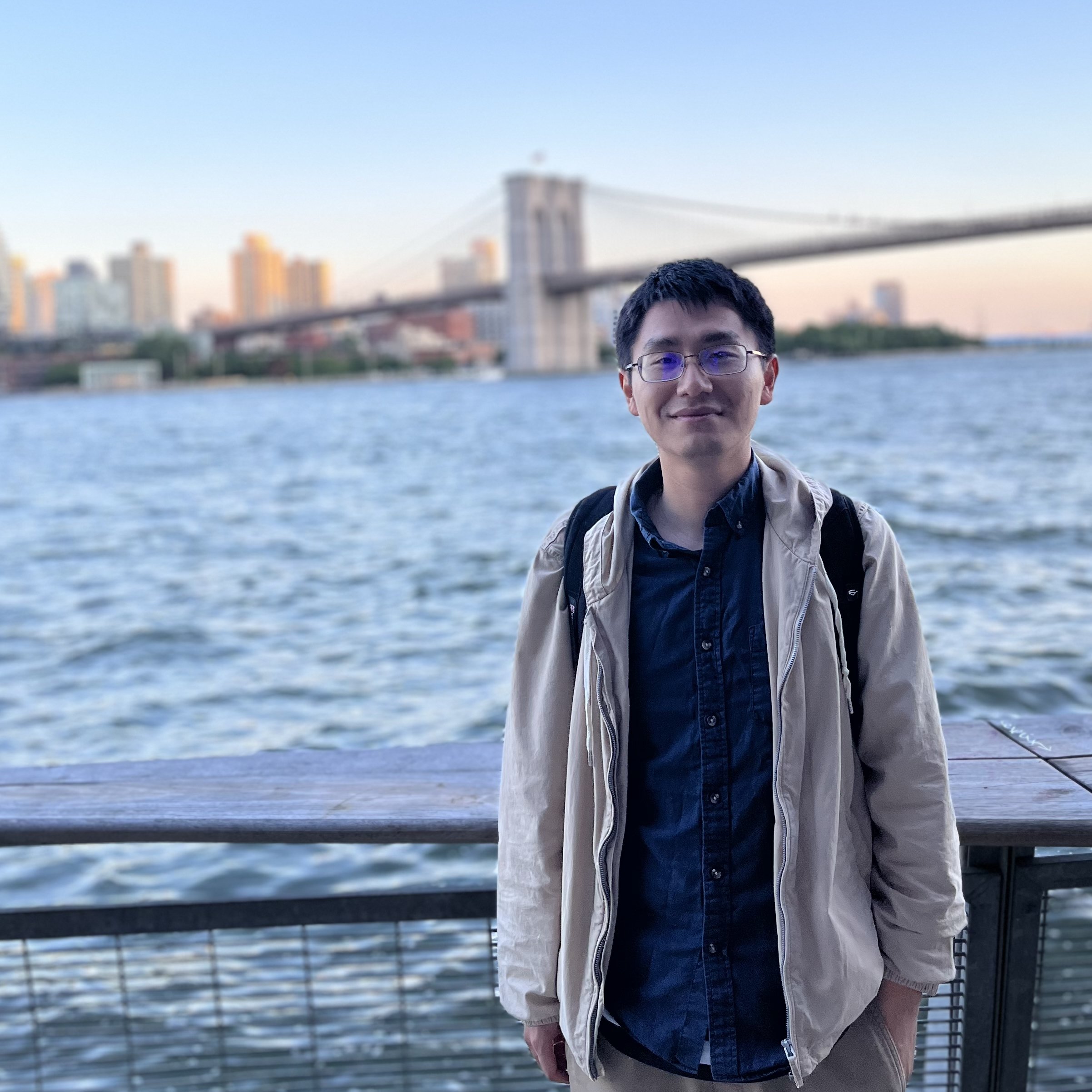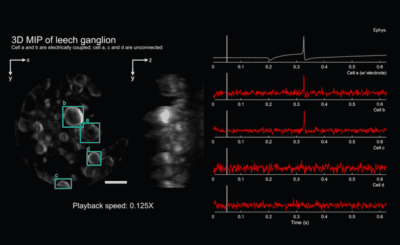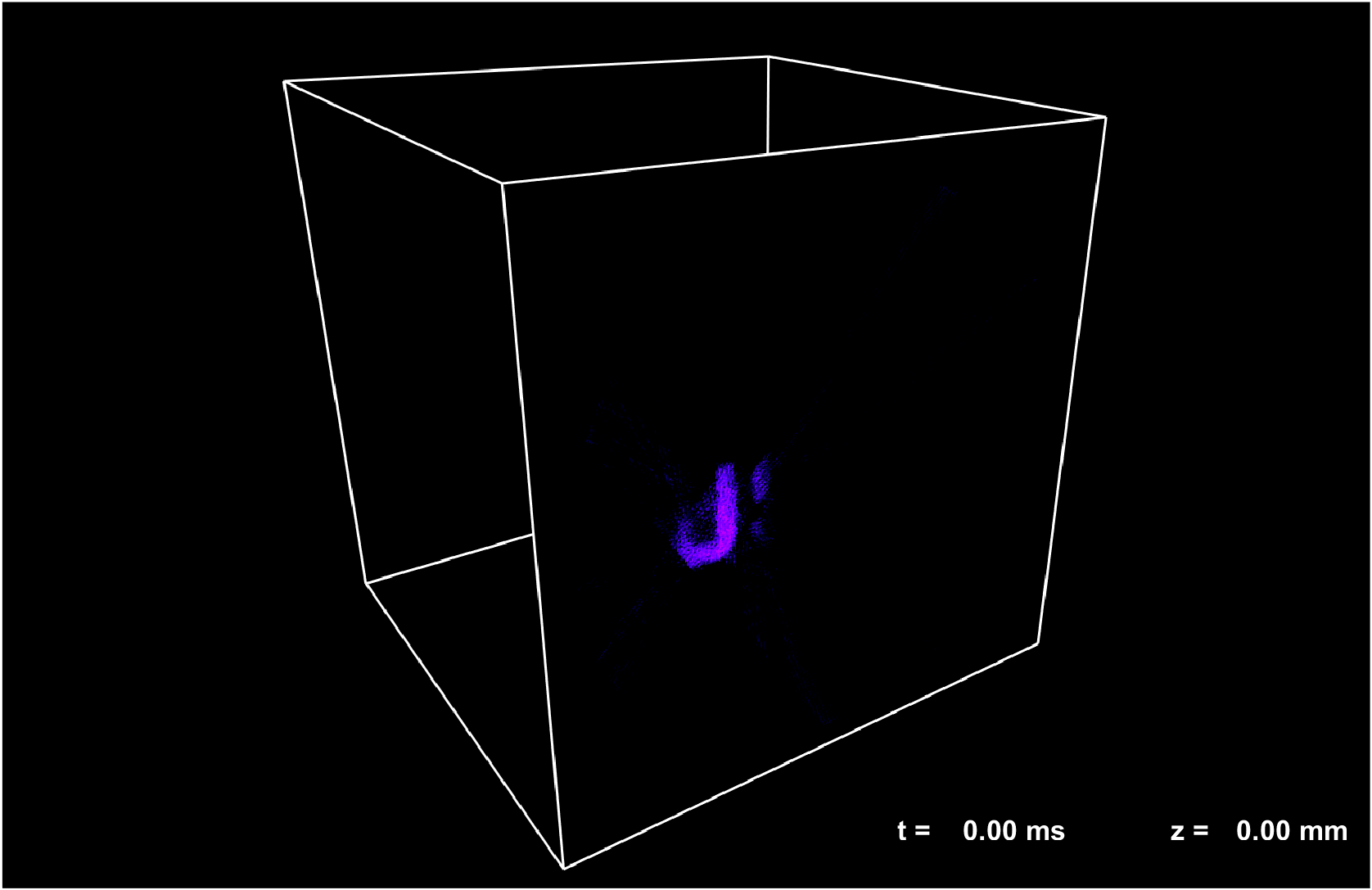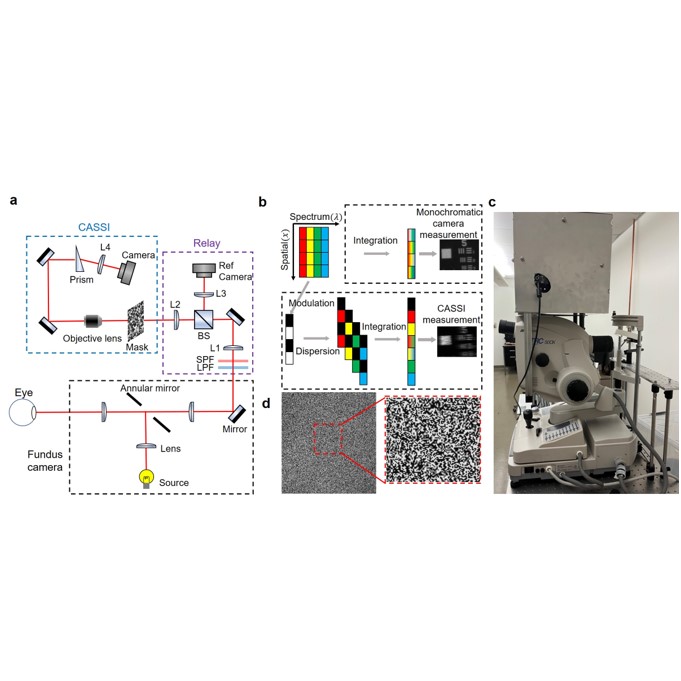Ruixuan Zhao
I am a PhD student IN THE Electrical and Computer Engineering department AT THE University of California, Los Angeles, supervised by professor Liang Gao. I received AN M.S. degree in June 2021 in ECE at UCLA, where I worked in professor Mona Jarrahi 's lab. Prior to UCLA, I received A B.S. degree in Optoelectronic Engineering at Huazhong Univerisity of Science and Technology, where I was introduced to the world of optical imaging. My research interests are in Computational Imaging, Hyperspectral Imaging and High Speed Multidimentional Imaging.

Action required
Problem: The current root path of this site is "baseurl ("_config.yml.
Solution: Please set the
baseurl in _config.yml to "Education
-
 University of California, Los AngelesPh.D. in Electrical and Computer EngineeringSep. 2019 - Present
University of California, Los AngelesPh.D. in Electrical and Computer EngineeringSep. 2019 - Present -
 University of California, Los AngelesMS. in Electrical and Computer EngineeringSep. 2019 - June. 2021
University of California, Los AngelesMS. in Electrical and Computer EngineeringSep. 2019 - June. 2021 -
 Huazhong Univerisity of Science and TechnologyB.S. in Optoelectronic EngineeringSep. 2015 - June. 2019
Huazhong Univerisity of Science and TechnologyB.S. in Optoelectronic EngineeringSep. 2015 - June. 2019
News
Selected Publications (view all )

Kilohertz volumetric imaging of in-vivo dynamics using squeezed light field microscopy
Zhaoqiang Wang*, Ruixuan Zhao*, Daniel A Wagenaar, Wenjun Kang, Calvin Lee, William Schmidt, Aryan Pammar, Enbo Zhu, Gerard CL Wong, Rongguang Liang, Tzung Hsiai, Liang Gao (* equal contribution)
Nature Methods 2025 Spotlight
We present squeezed light field microscopy (SLIM), a computational imaging method that enables rapid detection of high-resolution three-dimensional (3D) light signals using only a single, low-format camera sensor area. SLIM pushes the boundaries of 3D optical microscopy, achieving over one thousand volumes per second across a large field of view of 550 μm in diameter and 300 μm in depth. Using SLIM, we demonstrated blood cell velocimetry across the embryonic zebrafish brain and in a free-moving tail exhibiting high-frequency swinging motion.


Coded aperture snapshot hyperspectral light field tomography
Ruixuan Zhao, Qi Cui, Zhaoqiang Wang, Liang Gao
Optics Express 2023 Editors Pick Optica Image of the week
We develope a novel two-stage cascaded compressed sensing scheme. By appropriately distributing the computation load to each stage, this method utilizes the compressibility of natural scenes in multiple domains, reducing the ill-posed nature of datacube recovery and achieving enhanced spatial resolution, suppressed aliasing artifacts, and improved spectral fidelity. Our approach efficiently records a five-dimensional (5D) plenoptic function in a single snapshot.


Coded aperture snapshot spectral imaging fundus camera
Ruixuan Zhao, Chengshuai Yang, R. Theodore Smith, Liang Gao
Scientific Reports 2023
We develope a prototype coded-aperture snapshot spectral imaging (HSI) fundus camera designed for clinical retinal imaging applications, incorporating a robust deep learning-based reconstruction method. The snapshot HSI fundus camera was demonstrated in in vivo retinal autofluorescence imaging of patients with age-related macular degeneration (AMD). Beyond its utility for AMD, HSI has also proven effective in identifying spectral biomarkers associated with other neurodegenerative conditions.
